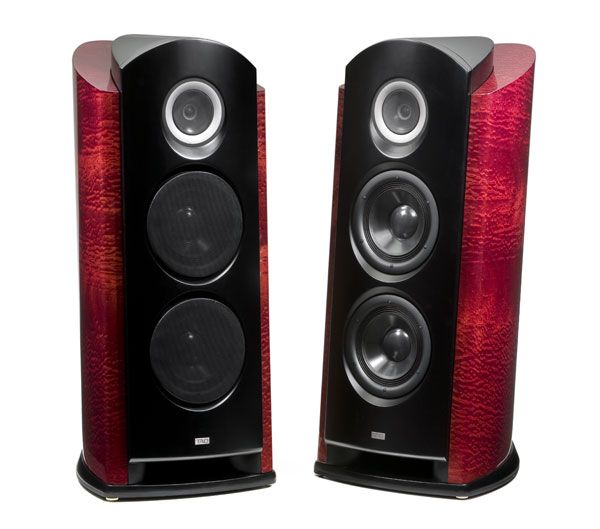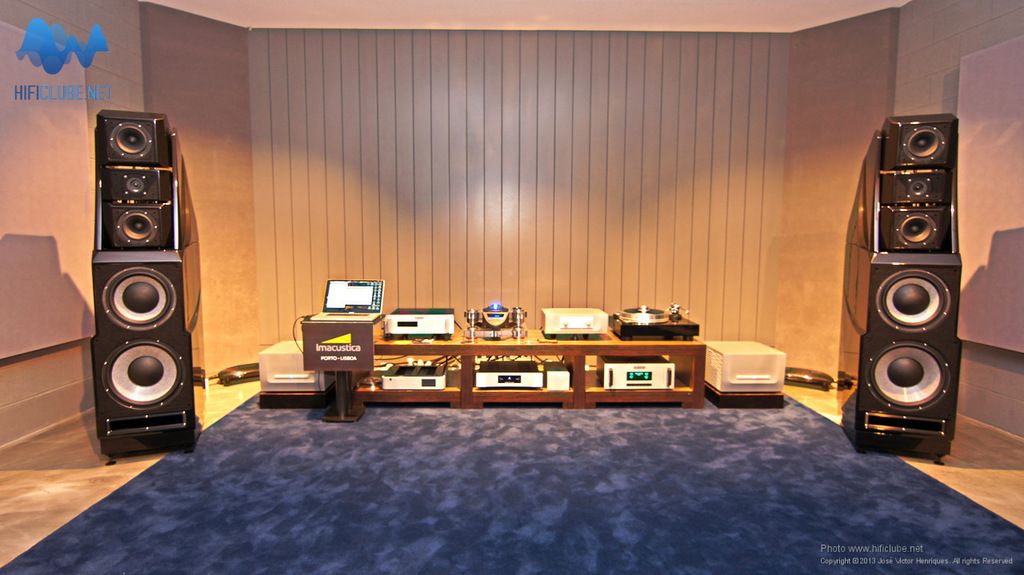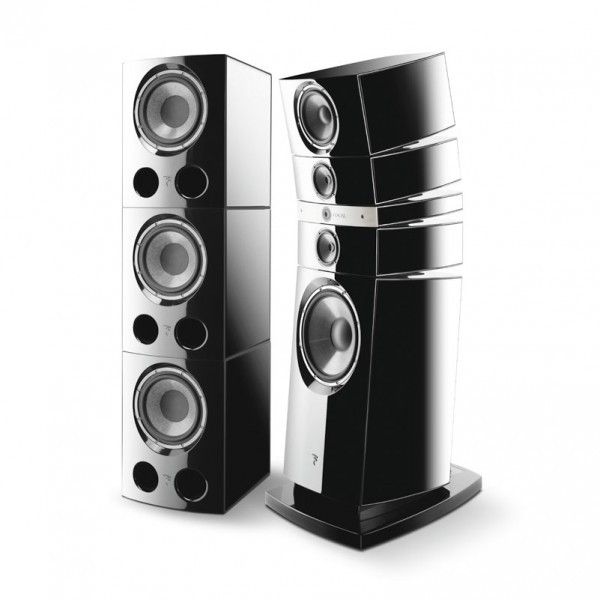I don't think so, and neither do a majority of major speaker manufacturers.
The truth is implementation of the chosen design is far more important. Excellent speakers can be built sealed or ported. There are pros and cons to either design choice.
I don't need to list all the highly acclaimed top end, cost-no-object speakers that use ported cabs, I hope... but the fact they are so prevalent in cost-no object designs by the world's best speaker designers should be a clue. To assume you know better is sort of ridiculous imo.
I don’t assume anything, I read, learn and listen (go listen to a good sealed enclosure bass, and you will hear it as well) . The fact that most “cost-no-object designs” only uses off-the shelves components, and most of them are of a mediocre quality that can only work in a ported box, does not help your argument either.











